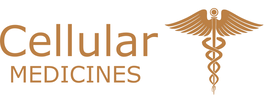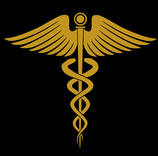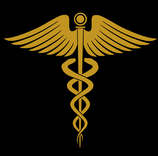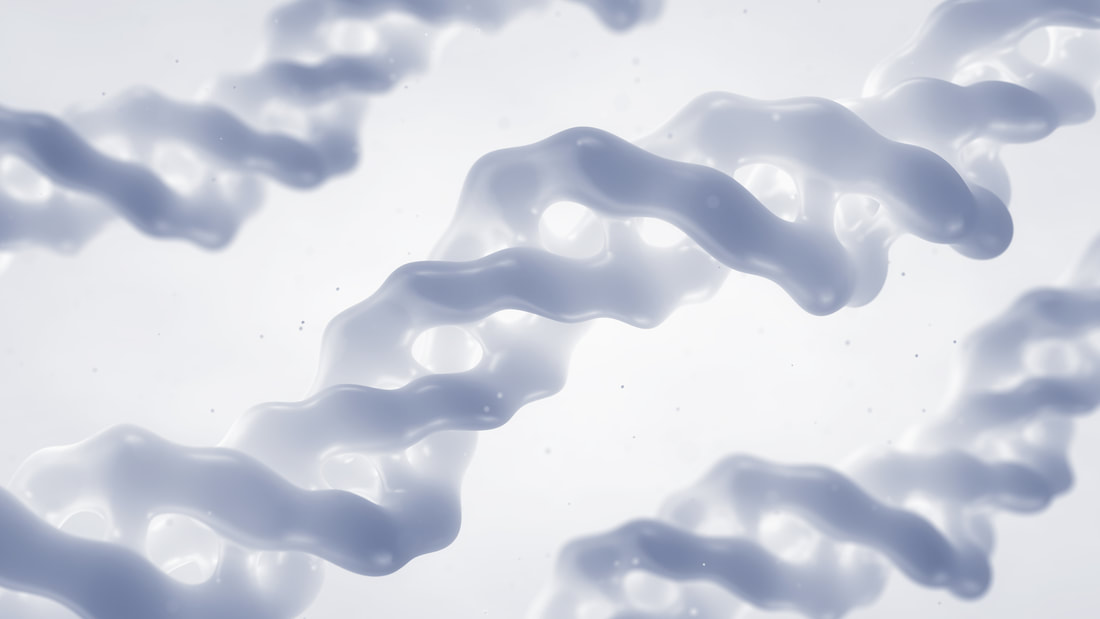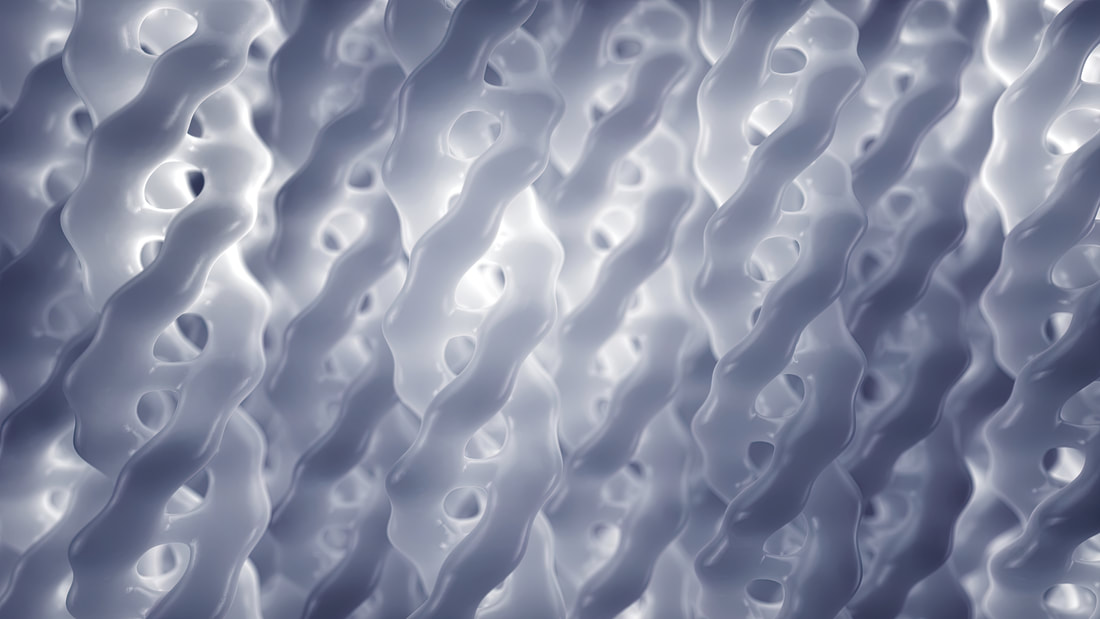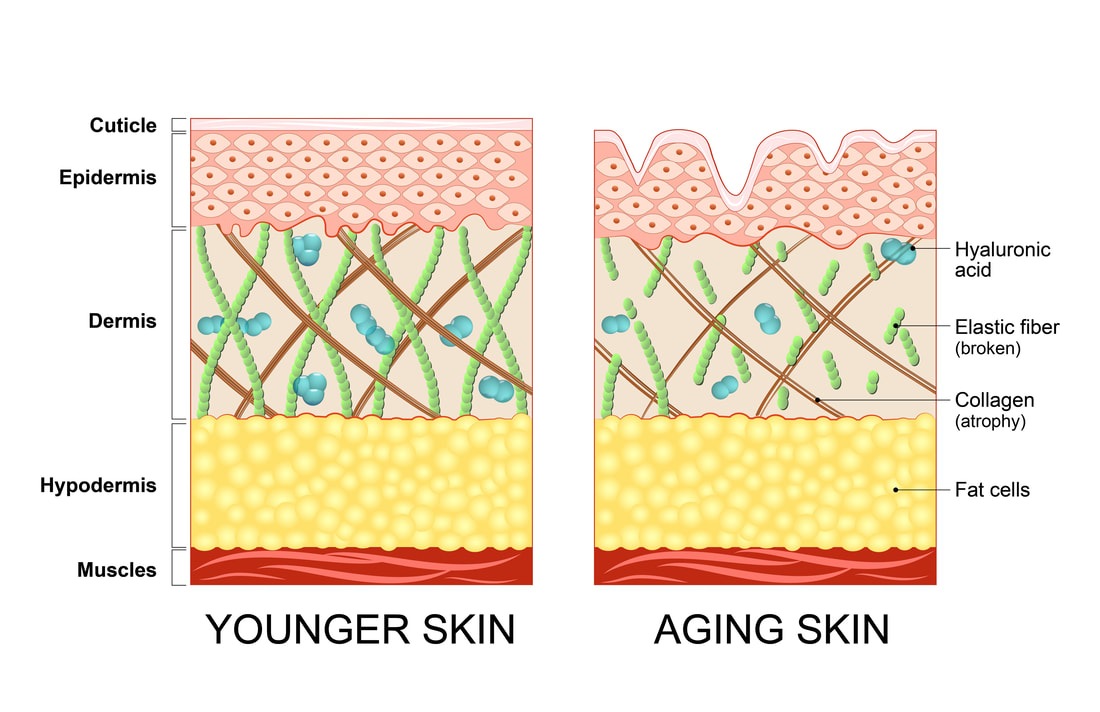|
|
We will discuss three structural materials crucial to beauty, namely collagen, elastin and keratin.
Collagen We all make collagen. In fact, we make a lot of collagen from the amino acids (the building blocks of proteins) in the food that we eat. Collagen is the main structural protein in our extracellular matrix (the stuff outside our cells) and the most abundant protein in the body. Depending upon the degree of mineralization, collagen tissues may be rigid (e.g., in bone) or compliant (e.g., in tendons) or have a gradient from rigid to compliant (e.g., in cartilage). As far as beauty is concerned, collagen is what gives our skin firmness and plumpness. We lose collagen from the skin as we age, and this loss is what differentiates the skin of a baby from the skin of a grandmother. So, should we eat collagen as a supplement? There appears to be no good reason to do so. As mentioned above, we consume the amino acids required to make collagen as part of our diet. If we were to consume a collagen supplement, our digestive system would simply break the collagen down in the same way that it breaks protein in food down. The body then constructs the specifically required collagen from the digested supplement or food. And that brings us to our main point. Although we all make collagen, some of us make high-quality collagen whereas others make low-quality collagen. One of the most obvious signs of the body making good collagen is a good complexion. At the other extreme, the production of defective collagen is what is known as scurvy, where we bleed from the skin. The quality of our collagen depends on how well our collagen strands are intertwined and cross linked. We therefore need to look at the structure of collagen. The above diagram shows the triple helix structure of a collagen molecule. Each of the three strands is a chain of amino acids that we get or make from food. Higher-quality collagen has greater cross linking between the strands that strengthens the overall triple-helix collagen molecule. The cross links are made within the body's fibroblast cells, specifically using vitamin C.
This is why supplementing with vitamin C makes skin more beautiful. In addition to vitamin C, sulphur, copper and zinc are needed to make high-quality collagen. Specifically, sulphur closely intertwines the collagen strands into the triple helix structure of a collagen molecule through the disulfide bonding of propeptides, and copper is needed for the enzyme lysyl oxidase, which creates cross links not between the collagen strands but between the collagen molecules. Zinc activates proteins essential for collagen synthesis and activates a protein called collagenase that allows cells to reposition collagen to heal wounds. (Left) Triple helical structure of collagen with cross-links between strands and (right) many helical structures cross-linked to form collagen fiber. (Top) Triple helical structure of collagen with cross-links between strands and (bottom) many helical structures cross-linked to form collagen fiber. We therefore make beautiful skin mainly by consuming sufficient vitamin C, sulphur (in the form of methylsulfonylmethane), copper and zinc.
We next look at the other two structural fibrils, namely elastin and keratin, which like collagen are long chains of amino acids and directly determine beauty. Elastin Elastin provides the skin with elasticty, allowing it to return to its original shape when it is poked or pinched. Like for collagen production, sulphur is needed for elastin production. Furthermore, the copper-dependent enzyme lysyl oxidase is involved in cross linking elastin molecules, like it is involved in cross linking collagen molecules. Keratin Keratin gives nails their strength and hair its strength and elasticity. It is also a structural component of the skin.
The main amino acid in keratin is cysteine, which contains sulphur. The production of keratin (and hair and nail growth in general) is thus stimulated by supplementing with sulphur. In particular, sulphur supplementation extends the growing phase of hair. In fact, the smell of burnt hair is the smell of burnt sulphur within the keratin. Cell health
Beauty requires healthy cells in addition to a high-quality extracellular matrix. Sulphur makes our cells more flexible and more permeable by regulating the sodium/potassium electrolyte balance of the cells. This improvement makes it easier for nutrition to enter the cells, for waste to exit the cells, and thus for the cells to regenerate. Skin conditions such as rosacea, scarring, dark spots and sun damage can thus be alleviated or reversed through sulphur supplementation. Is there really no point in taking collagen supplements? Manufacturers of collagen supplements will make arguments for their products, and you can read such arguments on their websites. However, we consider the following. (1) Stomach acid breaks down the collagen before it reaches the skin, or joints, or other parts of the body. (2) Collagen molecules are too large to be absorbed into the bloodstream. (3) Even if the collagen were to survive digestion, it would not be directed toward where it is needed in the body. In contrast, the body has fibroblast cells embedded in the extracellular matrix that secrete precursors for the manufacture of structural materials of the matrix, such as collagen and elastin. (4) Even if the collagen were to survive digestion and somehow reach where it is needed, it is not the specific collagen that the body would want to make.
And, (5) as described above, beauty (and health more generally) does not depend on the consumption of collagen or specific amino acids, but rather on how good we are at making high-quality (strongly entwined) collagen using vitamin C, copper, zinc and sulphur. Do any other supplements help? Manganese supports collagen production in that it activates enzymes used to make proline, one of the amino acids in collagen. Biotin helps the body metabolize the amino acids needed to build keratin. Should I apply vitamin C to the skin? The problem with applying a vitamin C serum to the skin, as done in the beauty industry, is that vitamin C is a charged water-soluble molecule that hardly penetrates the (outer) epidermis layer of the skin and does not reach the (inner) dermis layer when applied topically. The collagen and elastin requiring the vitamin C is in the dermis. In contrast, when vitamin C is taken orally, the dermis receives the vitamin C from blood flow via SVCT1 and SVCT2 transporters, such that the level of vitamin C in the dermis is far higher than that in the blood plasma. Vitamin C then diffuses from the dermis to the epidermis. A quick note on oxidative stress The body produces reactive oxygen species as part of its normal physiology. These species have their uses in the body, but they largely need to be eliminated by anti-oxidants, especially vitamin C, before they damage cells through what is referred to as oxidative stress. The oxidative stress of ultraviolet light on the skin is considered to be responsible for aging of the skin. |
|
